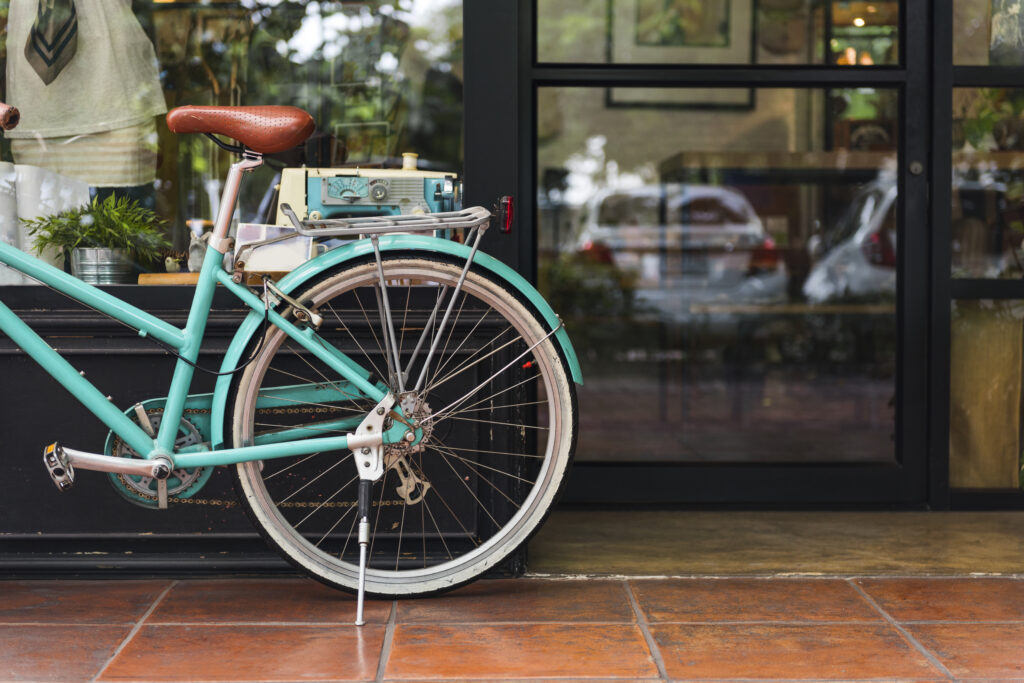Storing bikes outside is a common challenge for cycling enthusiasts who lack indoor space. The key to outdoor bike storage is ensuring your bike remains safe and in good condition despite exposure to the elements and potential security risks. But how to store bikes outside?
Proper storage solutions can shield your bicycle from rain, snow, and sun while deterring theft. Whether you’re an urban rider with a balcony or a suburbanite with a yard, understanding how to store bikes outside is essential.
This guide will provide practical tips to safeguard your bicycle from weather and theft, ensuring it stays ready for your next ride. Stay tuned for smart, space-saving solutions that keep your bike secure and in peak condition, no matter where you store it.
Benefits of Outdoor Bike Storage
Opting for outdoor bicycle storage comes with several perks, particularly for those with limited indoor space. By keeping bikes outside, you free up valuable square footage within your home for other uses.
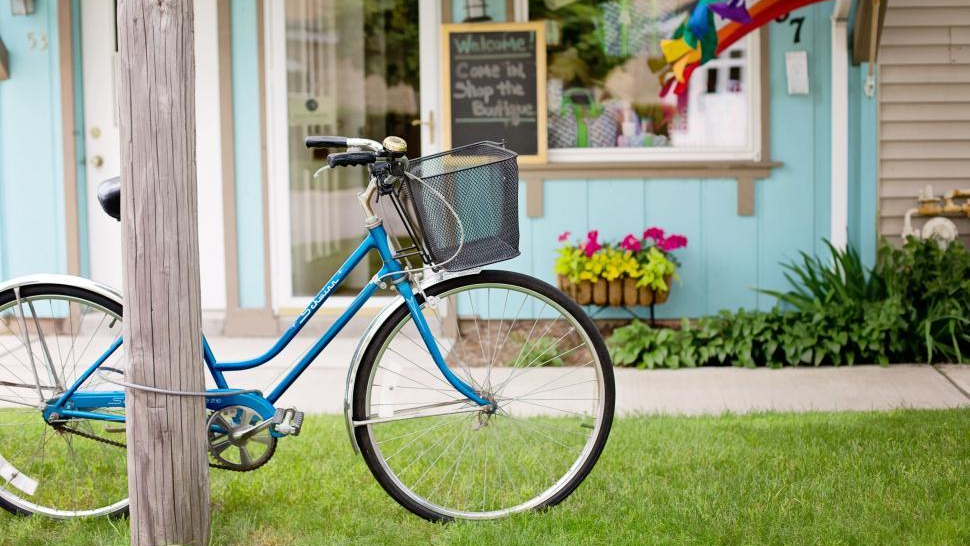
This not only declutters your living area but also adds a touch of organization to your abode. Moreover, having your bicycle readily accessible outdoors can inspire more regular cycling. It eliminates the hassle of navigating through tight indoor spaces, making the decision to ride more spontaneous.
This convenience can lead to a healthier lifestyle, as the sight of your bike beckons for another adventure on the open road. In essence, outdoor bike storage is not just a space-saver; it’s a lifestyle enhancer.
How to Choose the Best Outdoor Bike Storage?
When choosing the best outdoor bicycle storage, consider these factors:
Storage Space
The ideal outdoor bicycle storage solution should offer ample space to accommodate your bike’s dimensions while allowing for easy access. A garage provides a spacious and secure option, but if space is at a premium, a dedicated bike shed or a compact bike storage unit can be equally effective.
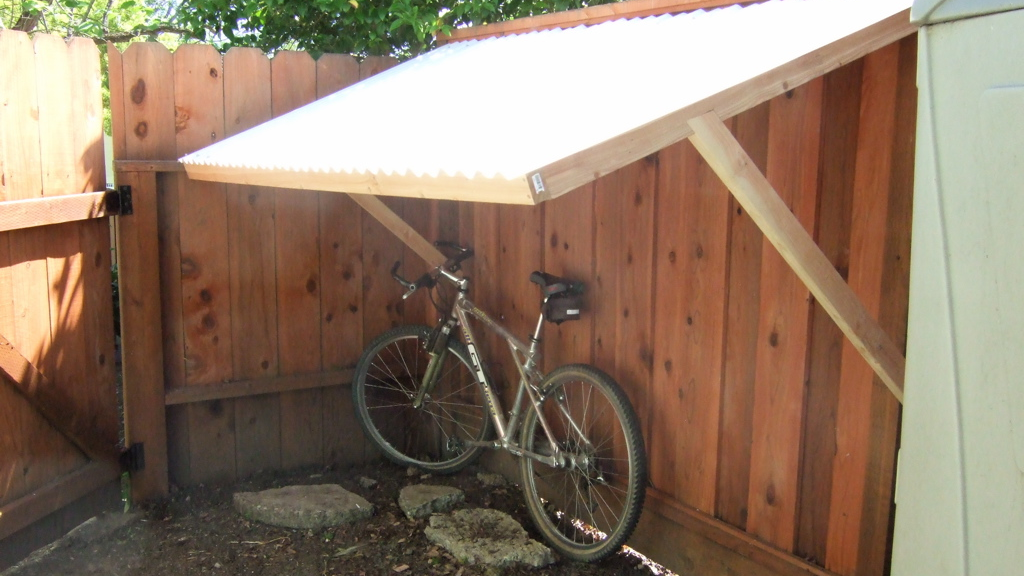
Bike Weight
Your bike’s weight influences the type of storage you need. Heavier bikes require robust storage solutions that can support their weight without strain. Wall-mounted racks or floor stands are great for heftier models, ensuring they stay put and don’t tip over.
Wheel Size
Wheel size matters, especially when considering vertical storage options. Ensure the storage solution can accommodate the diameter of your bike’s wheels. This is crucial for maintaining the bike’s condition and preventing any warping or damage while stored.
Security
Security is paramount, and you should know how to protect bike stored outside. Outdoor storage must be theft-deterrent. Look for storage with solid locks or the ability to add a padlock. Consider additional security measures like anchoring the storage to the ground or adding motion-sensor lights to ward off potential thieves.

How to Store Bikes Outside?
When deciding how to store bikes outside, it’s important to prioritize both convenience and protection from the elements. Following are some ideal solutions for storing bikes outdoors.
Bike Tent
Bike tents offer a versatile and portable solution for cyclists. These lightweight structures are easy to set up and dismantle, making them ideal for temporary storage needs.
They protect bikes from the elements and can be secured with a lock for added safety. However, bicycle tents are not as sturdy as permanent structures and may not withstand extreme weather conditions or determined thieves.
| Pros | Cons |
|---|---|
| Portable and easy to install | Less durable than permanent structures |
| Provides protection from weather | Less durable than permanent structures |
| Can be secured with a lock | May not provide adequate security against theft |
Bike Rack
Bike racks are a common sight in urban areas, providing a secure and accessible way to store bikes outdoors. They can be bolted to the ground for stability and come in various designs to accommodate multiple bikes. While bicycle racks offer good security, they leave bikes exposed to weather and potential vandalism.
| Pros | Cons |
|---|---|
| Secure; can be bolted to the ground | Bikes are exposed to weather |
| Accommodates multiple bikes | Risk of vandalism |
| Easily accessible |
Wall Mount
Wall mounts are an excellent space-saving solution, allowing bikes to be stored vertically against a wall. This type of storage keeps bikes off the ground, freeing up valuable floor space. Wall mounts require a solid wall for installation and may not be suitable for all bicycle types.
| Pros | Cons |
|---|---|
| Space-efficient | Requires a solid wall for installation |
| Keeps bikes off the ground | May not accommodate all bike types |
| Suitable for indoor and outdoor use |
Freestanding Rack
Freestanding racks are flexible and can be placed anywhere, making them a convenient option for outdoor storage. They don’t require installation and can be moved as needed. However, they may not be as secure as fixed racks and can be more susceptible to being knocked over.
| Pros | Cons |
|---|---|
| No installation required | Not as secure as fixed racks |
| Flexible placement | Can knock over if not properly weighted down |
| Can be moved easily |
Metal Bike Shed
Metal bike sheds are a robust and secure option for storing bicycles outdoors. Constructed from materials like steel or aluminum, they offer excellent durability and resistance to weather.
These sheds often come with integrated locking mechanisms, providing a high level of security against theft. However, metal sheds can be prone to condensation, which may require additional ventilation to prevent rusting.
| Pros | Cons |
|---|---|
| Durable and weather-resistant | Prone to condensation |
| High security with integrated locks | May require additional ventilation |
| Low maintenance | Can be more expensive than other materials |
Plastic Bike Shed
If you’re wondering how to store a bike outside without it rusting, plastic bike sheds provide a lightweight and low-maintenance storage option. They are resistant to rust and rot, making them a practical choice for damp climates. Plastic sheds are also easy to assemble and move if necessary.
On the downside, they may not offer the same level of security as metal sheds and can be damaged by extreme temperatures or direct sunlight over time.
| Pros | Cons |
|---|---|
| Lightweight and easy to move | Susceptible to damage from extreme temperatures |
| Resistant to rust and rot | Can degrade in direct sunlight |
| Easy assembly | Lower security level |
Wooden Bike Shed
Wooden bike sheds add a natural and aesthetic appeal to outdoor storage solutions. They can be customized with paint or stains to match the surrounding environment. Wood is a sturdy material that provides good insulation against temperature changes.
However, wooden sheds require regular maintenance to prevent rot and insect damage, and they may not be as secure as metal sheds.
| Pros | Cons |
|---|---|
| Aesthetically pleasing | Requires regular maintenance |
| Good insulation properties | Susceptible to rot and insect damage |
| Customizable appearance | May not offer the highest security |
Each storage type has its own set of advantages and limitations, making it important to choose the one that best fits your specific needs and environmental conditions.
How to Store a Bike Outside and Still Avoid Rapid Decay?
Storing a bicycle outdoors requires strategic measures to prevent rapid deterioration. Shielding your bicycle from rain, sunlight, and severe temperature fluctuations is crucial. Utilize a high-quality bike cover or tarp that offers waterproof and UV-resistant properties to safeguard against moisture and sun damage.
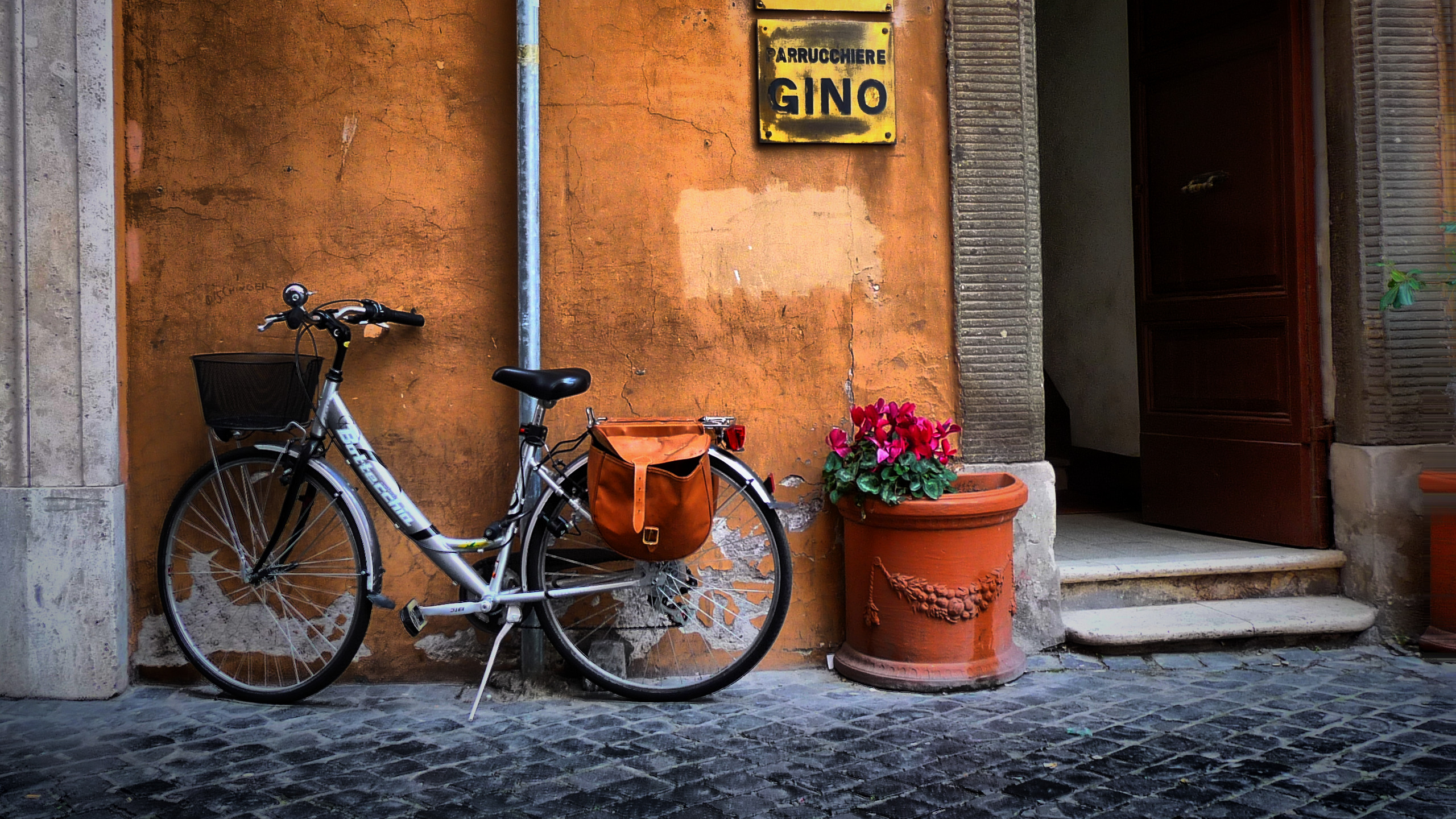
For robust protection, consider investing in a dedicated bicycle shed, which provides a secure and controlled environment, shielding your bicycle from the elements and potential theft. Opt for materials like treated wood, plastic, or metal that offer durability and weather resistance.
Ensure the storage solution has proper ventilation to prevent condensation, which can lead to rust. Regular maintenance, including cleaning and lubricating your bike, will also extend its lifespan and keep it in optimal condition, even when stored outside.
Maintenance Tips
Apart from learning how to store a bike outside, you should prioritize maintaining your bike’s performance and longevity, especially when stored outdoors. It’s essential to conduct regular inspections and upkeep.
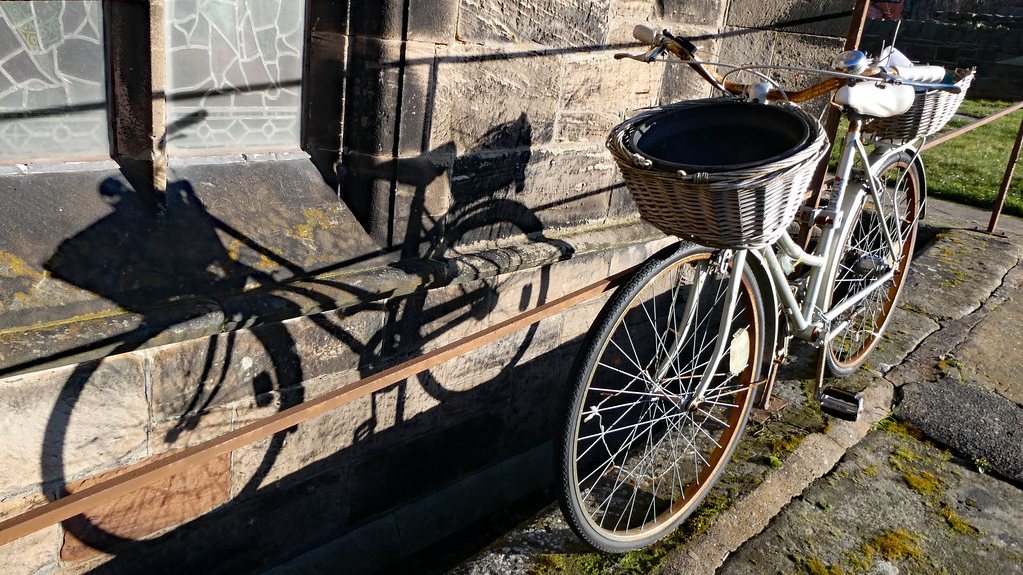
Start by examining your bicycle for rust, particularly in metal components like the chain, gears, and frame. If rust is present, treat it promptly to prevent further corrosion. Adjusting your brakes ensures they respond effectively, providing safety during rides.
The chain and gears should be inspected for wear and lubricated to reduce friction, which can cause rapid wear. Periodic cleaning of the entire bike removes debris and prevents buildup that can degrade parts.
Lubrication is vital after cleaning to protect moving parts from moisture and to keep them operating smoothly. By adhering to these maintenance tips, you can ensure your bike remains in prime condition, ready for your next outdoor adventure.
Security Measures
When it comes to safeguarding bicycles stored outdoors, robust security measures are paramount. Opt for a high-quality, durable lock that resists tampering and cutting. Coupling this with motion sensor lights deters potential thieves and brings attention to unauthorized activity.
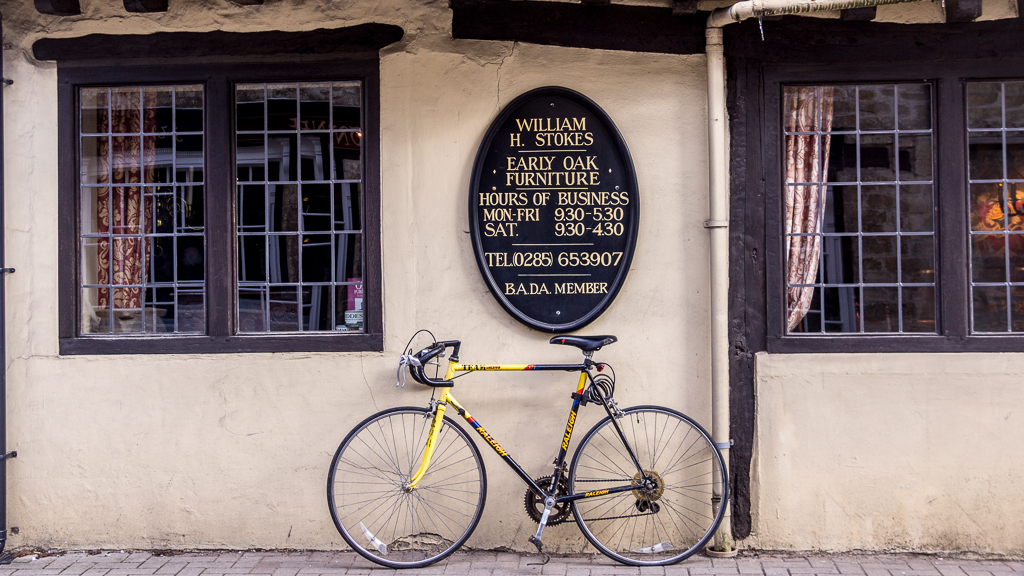
For an additional layer of security, a GPS tracker can be discreetly attached to the bike, allowing for real-time location tracking. Moreover, registering your bicycle with local or national databases and maintaining a record of its serial number is essential.
This step not only aids in recovery if theft occurs but also serves as a deterrent when would-be thieves know the bike is traceable. Implementing these strategies significantly enhances the protection of your bicycle, providing peace of mind while it’s stored outside.
FAQs
Yes, using a waterproof and UV-resistant cover can protect your bike from weather damage when stored outside.
Absolutely, outdoor sheds provide excellent protection against weather and theft, especially if they’re lockable and weatherproof.
The shed size depends on the number of bikes and available space; a 6’x2’ shed fits about 3 bikes comfortably.
For winter storage, ensure the bike is dry, add anti-rust protection, and use a cover to shield from snow and ice.
Conclusion
Storing bikes outside requires careful consideration to protect them from the elements and theft. By following the practical tips for how to store bikes outside mentioned, such as using weather-resistant covers and secure locks, you can ensure your bike remains safe and in good condition.
You must make sure to prioritize a suitable location, utilize weather-resistant covers, implement robust security measures, and regularly inspect and maintain your bikes. We hope these guidelines on how to safely store a bike outside help you maintain your bicycle’s longevity even when storage space indoors is scarce.
Share your thoughts and experiences with us; your insights on outdoor bicycle storage could be invaluable to fellow cyclists. Together, let’s keep our bikes secure and ready for the next ride!

